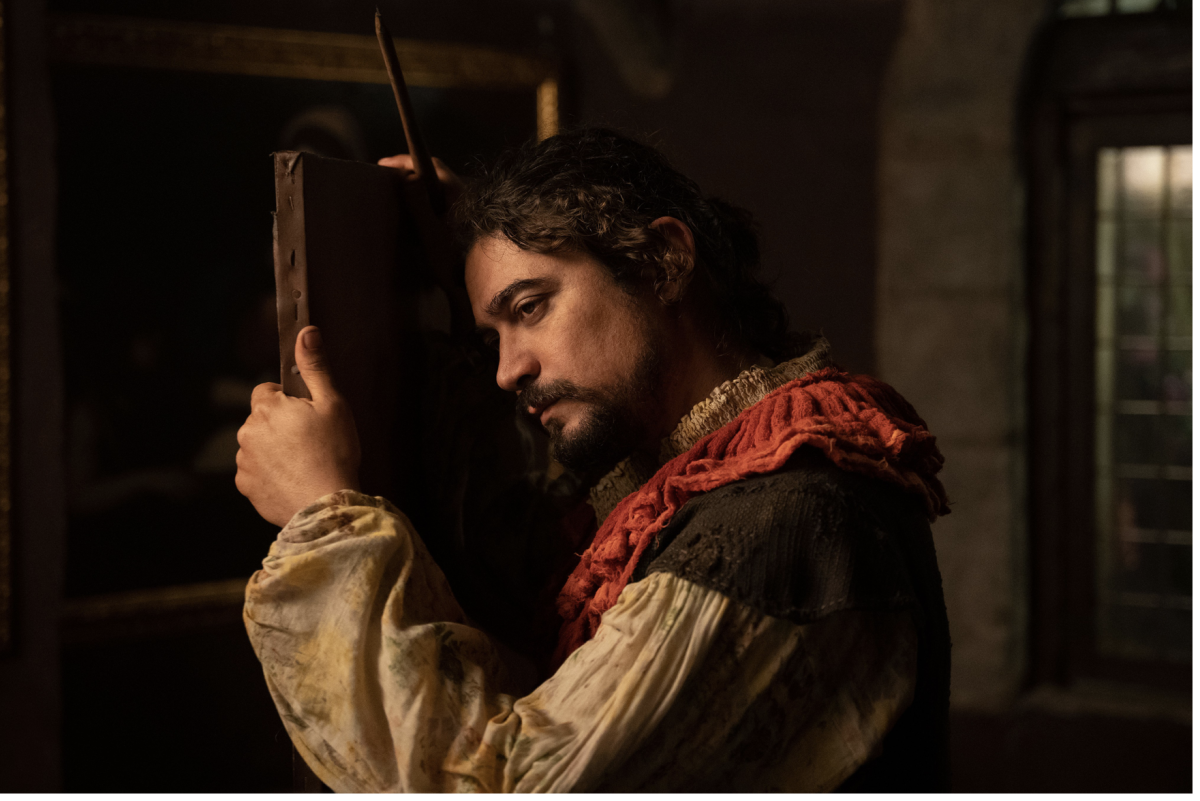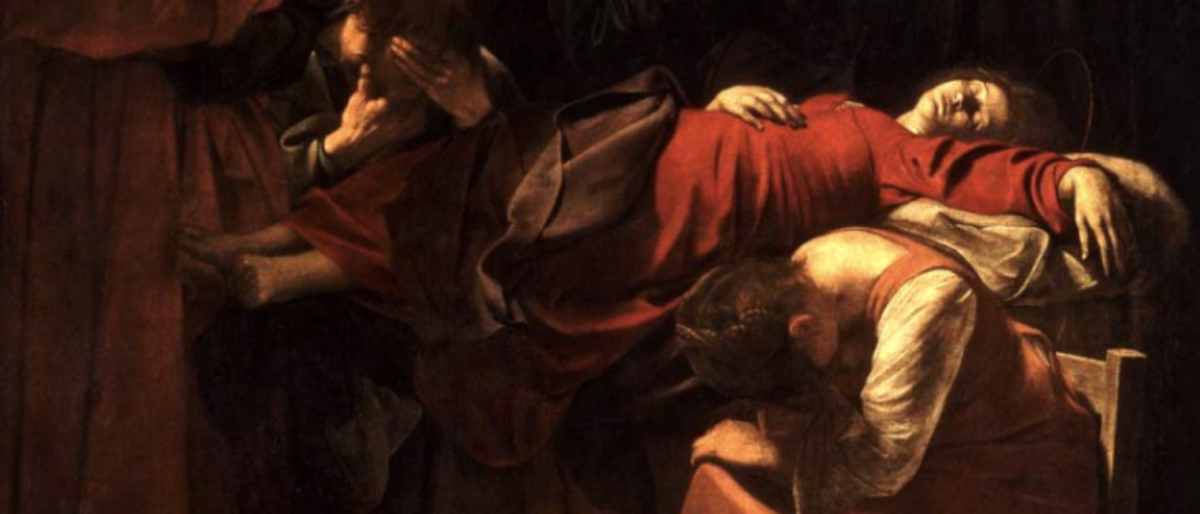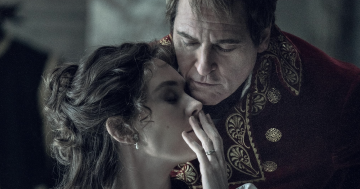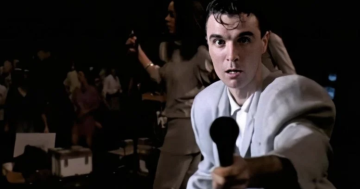
Caravaggio’s Shadow is a beautifully shot film about the Italian artist. Photo: Supplied.
There are times in life when you walk into a room and, without even knowing it, are drawn to something not visible at first glance but with an imperceptible magnetism.
I’m a huge lover of fine art and a bit over a year ago I was in the Louvre in Paris. That was where it happened: not the Mona Lisa or the Winged Victory of Samothrace, great works that they are, but Caravaggio’s Death of the Virgin.
It is, like almost all his work, a dark and contemplative vision of a dead soul and all her mourners gathered around in various states of grief.
The painting is a central feature in Caravaggio’s Shadow.
A prostitute known by the artist has recently lost her baby and is going insane with despair. She takes her own life and is found in the river.
Caravaggio orders the people who found her to take the body to his studio, where she is cleaned and dressed and he creates the painting.
The actual painting is one of the most divine things I’ve seen in my lifetime and a memory I will take to the grave. Carravaggio painted paupers, the ill, infirm, whores, and turned them into the most godly of saints, because he saw the world like no other artist at the time dared.
He was bold, his works were stark depictions of reality and he totally went against the mannered and dreary art of the day.
Caravaggio’s Shadow, the film, often dwells in this half light between the everyday and the heavenly.
Yes it’s an Italian biopic, but unlike many in this genre it doesn’t paint by numbers but seeks to explore the inherent and beautiful humanity its subject seeks to explore.
It also is very much grounded in the reality of the painter’s life at the time, mostly in the period from 1609 until 1610, when he met a very sticky end.
Caravaggio’s real name was Michaelangelo Merisi, and the film charts the reasons he fled Rome, after killing another man in a brawl, and seeking a Papal pardon.
The construct focuses on the Pope’s envoy, Schatten or The Shadow (Louis Garrel), who goes about the process of interviewing a variety of players in Merisi’s life to form a decision on whether the painter should be pardoned.
It’s apparent from the outset that Rome is not pleased with him or his work because he eschews the Vatican’s dogma, and the pardon never really comes. But the journey of this picture is about his life and why he elevates the disenfranchised to a position of glory.
But Caravaggio is a brawler, he loves men and women and trouble is never that far behind. His life has been written about extensively, but there’s also bit of artistic licence in this depiction.
Director and co-writer Michele Placido, who has a long and distinguished career in Italy, takes time with the subject matter and is dedicated to exploring the artist’s mind and motivations.

Detail from Caravaggio’s Death of the Virgin: Photo: Louvre Museum.
Caravaggio himself is played with great passion and nuance by Ricardo Scamarcio, who I’ve not seen before. Clearly this is a role he was meant for, and he even looks like the artist too, if you take Medusa’s head as a model.
One of his main benefactors is Costanza Sforza Colonna, played with magnificent understatement by the incomparable Isabelle Huppert.
The cinematography itself feels like a Caravaggio tableaux, resplendent with the colour and the life and death the painter spent most of his life exploring.
Amor Vincit Omnia is one of Caravaggio’s most honest works and the Church looked dimly upon it. The translation into English (originally from a poem by Virgil) means Love Conquers All.
That is the best takeaway from this film I can imagine, because it’s what Caravaggio was all about.
Four stars out of five.
Caravaggio’s Shadow is showing at the Palace Electric cinema.
Original Article published by Marcus Kelson on Riotact.











